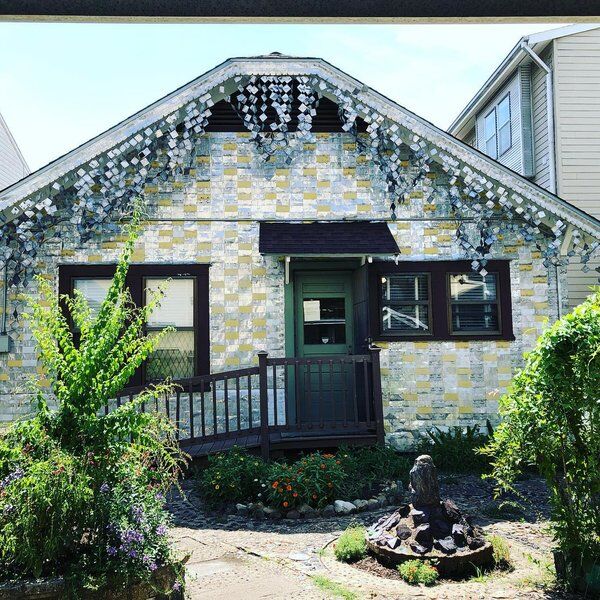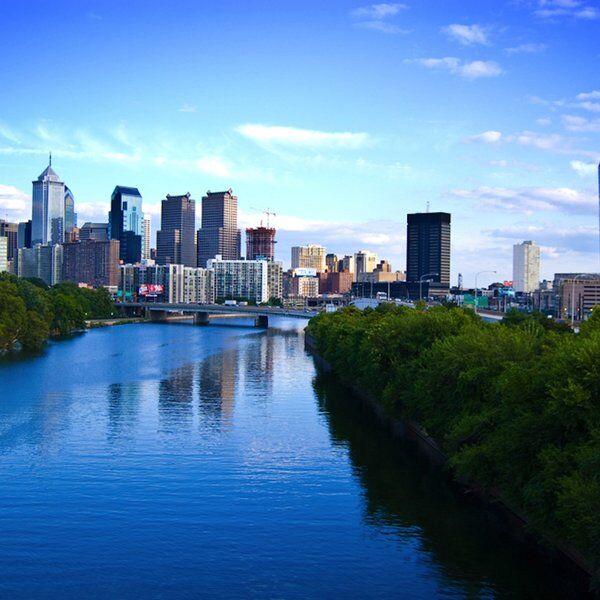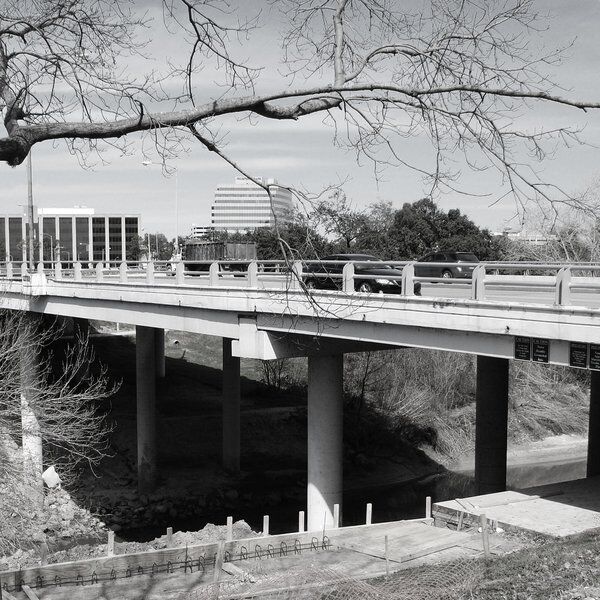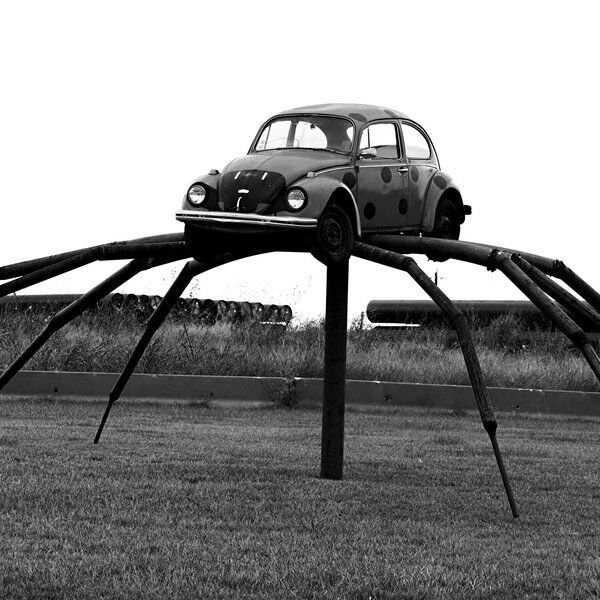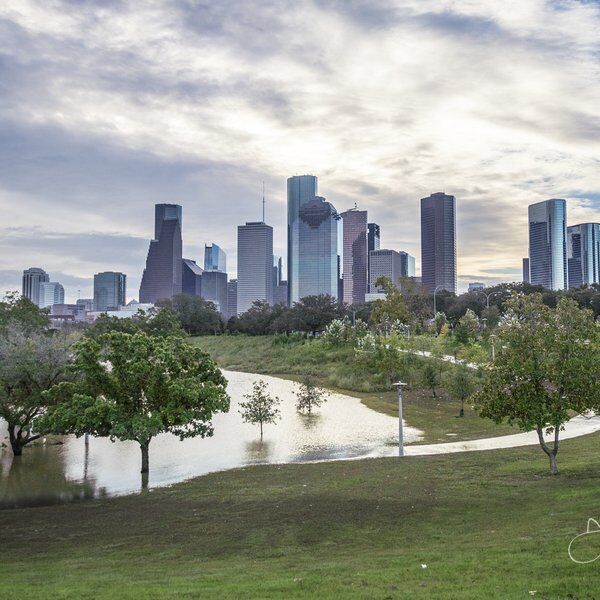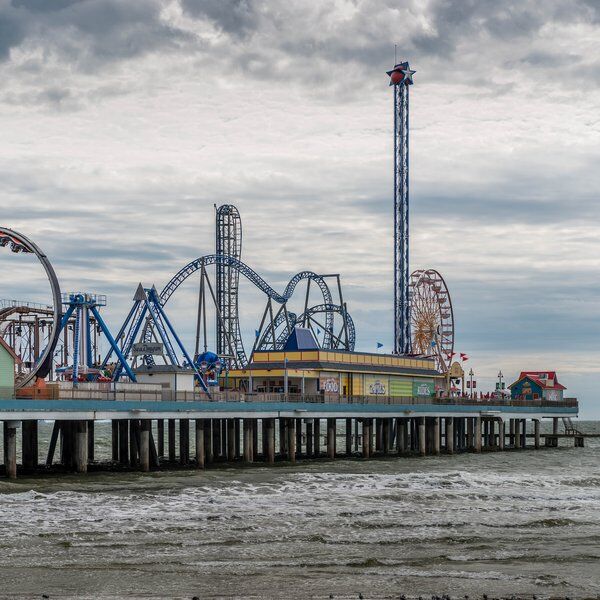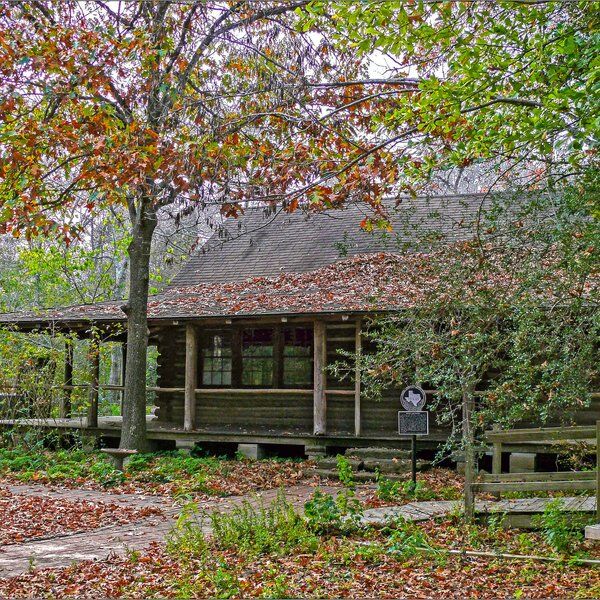The Ultimate Guide to Visiting Rothko Chapel in Houston
Interested in the Houston art scene? Discover every unique, unusual and bizarre corner of H-Town on one of our Houston Scavenger and Treasure Hunts!
History of Rothko Chapel
Commissioned by John and Dominique de Menil in 1964, Rothko Chapel was a passion project dedicated to creating a meeting point between religion and art. Originally from Paris, the de Menils settled in Houston, Texas in 1941 and began their lives as ardent art collectors and philanthropists.
The de Menils had three main interests: modern art, faith and spirituality, and civil rights. They were Catholics with an interest in ecumenism - the idea that all factions of Christianity should be unified and act in solidarity. Although the original plan for Rothko Chapel was that it should be a Catholic place of worship, it quickly became a place for people of all faiths to reflect and revel in Mark Rothko’s art.
Mark Rothko, a world-famous American abstract painter, gladly accepted the de Menils’ offer. He was notoriously picky about where his art was displayed and welcomed the opportunity to create an immersive gallery which would augment his paintings, rather than detract from them.
The Rothko Chapel architect - or, in fact, architects, had trouble bringing Rothko’s vision to life. Three architects in total were required to finish the job and since Rothko Chapel opened its doors in 1971, it has become a place of pilgrimage for spiritualists and art lovers, including notable names such as Nelson Mandela, Desmond Tutu and the Dalai Lama.
Who was Mark Rothko?
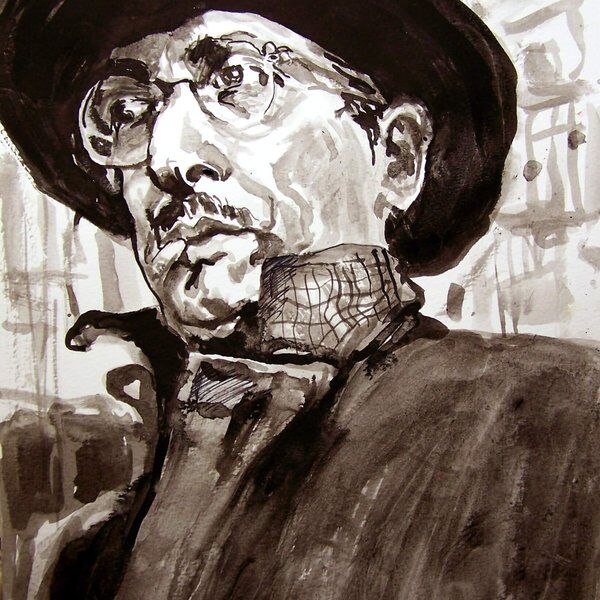
Mark Rothko (né Markus Rothkowitz) was a Latvian-American painter. Born in Latvia in 1903, he later became one of the most celebrated abstract artists in the United States. Mark Rothko was commissioned by John and Dominique de Menil to create the eponymously named Rothko Chapel in 1964.
Rothko’s career as an artist saw him shift between various art movements, though he is most commonly associated with the American Abstract Expressionist movement. Rothko cited painters such as Matisse, Rembrandt and Turner as his influences.
Mark Rothko was a determined and, according to some, fastidious painter. He vehemently opposed art being used for decoration and had strong ideas about where his work should be displayed and the lighting used.
In 1957, Rothko donated paintings which were originally intended for the Four Seasons hotel dining room in New York. Rothko hated the idea that only wealthy people would be able to view his art, distracted by sumptuous food and instead gifted the collection to the Tate in London.
Unfortunately, Rothko didn’t live to see his greatest masterpiece, the Rothko Chapel, complete. He died in 1970 following a decline in his mental and physical health, ultimately ending his own life in New York.
Where is the Rothko Chapel located?
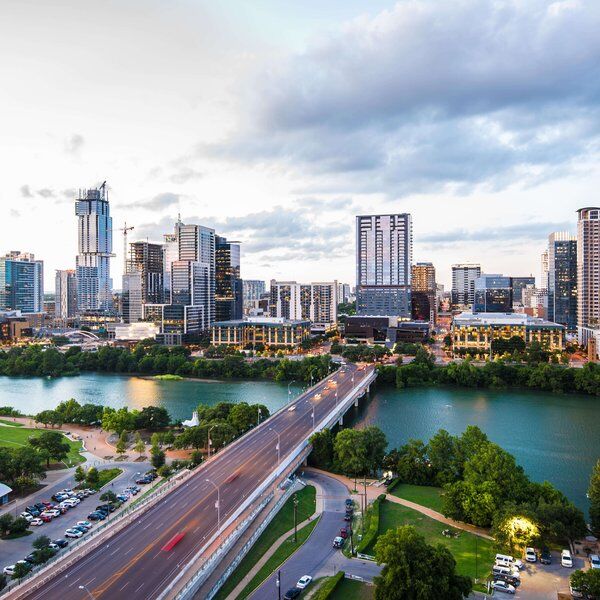
Rothko Chapel is located in central Houston, Texas, beside The Menil Collection in Houston’s Museum District and tucked around the corner from the University of St Thomas (see map below).
Its location is significant to the story of the building and its founders. In the 1950s and ‘60s, John and Dominique de Menil were on a mission to bring art to Houston, the state of Texas, and the center of the US. Previously, the American arts scene was dominated by New York in the east and Los Angeles in the West.
There were other reasons too. The de Menils were Catholics and had contributed great sums of funding to the University of St Thomas to initiate an arts program at the university. The art department later moved to Rice University, also in Houston, but the de Menil legacy remains to this day.
Hey! Did you know that our Midtown Houston tour is just a few blocks away from Rothko Chapel? You can pause during the game to visit!
What is the purpose of Rothko Chapel?
Rothko Chapel is a multi-functional space that serves as an art gallery, a place of worship and as a space for human rights activists to gather. It is a meeting space for people, no matter their reason, to gather and celebrate peace and unity.
Throughout the year, Rothko Chapel hosts both public and private events. In 1986, Rothko Chapel gave its first Òscar Romero award which recognizes activists that fight for the advancement of human rights, a tradition which continues to this day.
You can visit the Rothko Chapel today as part of our Montrose Murals tour where you’ll discover the cultural heart of Houston.
What is inside the Rothko Chapel?
The fourteen paintings inside Rothko Chapel were designed and painted by Mark Rothko from 1964 until 1967. All fourteen of the Rothko Chapel paintings are rectangles which, at first glance, appear to be plain black canvases. There are three triptychs (three pieces or panels of art, commonly used in Christian art to tell stories) and five single paintings, all in varying shades of black.
Otherwise, the room contains a few benches and a collection of holy books and scriptures, including Judaic and Christic texts, the Bhagavad-Gita, the Quran and more.
What is the Barnett Newman Broken Obelisk Sculpture outside of Rothko Chapel?
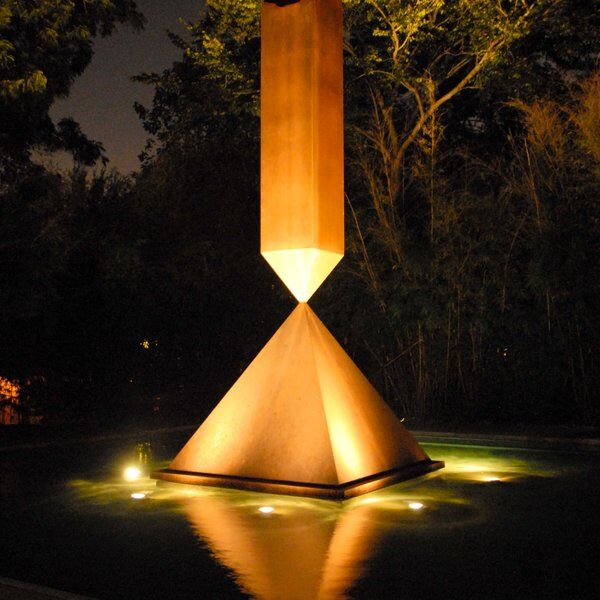
People from all over the world flock to Rothko Chapel - but some of them visit just to see its exterior. On the grounds of the chapel is one of the four existing Broken Obelisk sculptures by the American sculptor Barnett Newman. What is especially intriguing about it is that it was once at the center of one of Houston’s biggest Civil Rights scandals.
The de Menils obtained one of the four Broken Obelisk sculptures in 1969 and offered it as a partial gift to Houston on the proviso that it be dedicated to Martin Luther King Jr, the then-recently assassinated civil rights activist. The city refused but the de Menils, who were not to be deterred, paid for the sculpture outright and installed it in front of the Rothko Chapel.
You can find it sitting in a pool where it reflects the sculpture with a plaque that proudly reads “Broken Obelisk by Barnett Newman, dedicated to Martin Luther King Jr”.
What music has been inspired by Rothko Chapel?
Artists of all kinds have been inspired by the meditative sanctuary that is the Rothko Chapel.
The Rothko Chapel music scene fittingly began with a tribute to Mark Rothko, who died before the chapel opened.
The de Menils commissioned the American composer, Morten Feldman, to compose a piece of music to honor Rothko. Feldman accepted and created a 30-minute long piece of music named Rothko Chapel, using a combination of viola, chorus and percussion instruments.
The piece of music premiered in the Rothko Chapel in 1972.
Since then, other artists have been inspired by the Rothko Chapel. Peter Gabriel, lead singer of the British band Genesis, wrote Fourteen Black Paintings in 1992 after visiting the chapel with the guitarist, David Rhodes. In 2013, the late rapper Mac Miller filmed the music video for his song Avian in the grounds of Rothko Chapel.
Why are the paintings inside Rothko Chapel so dark?
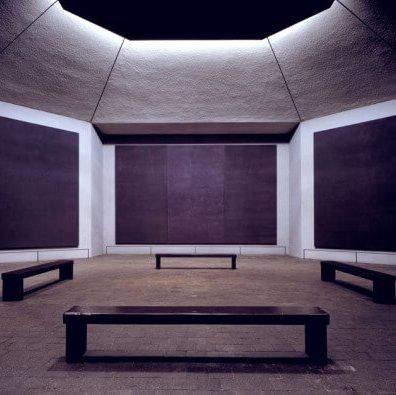
Considered by some to be controversial, Rothko’s intention behind the seemingly “dull” Rothko Chapel paintings was to inspire meditation and self-reflection. Rothko’s previous work is renowned for its use of vivacious and contrasting colors, but the Rothko Chapel painting collection couldn’t be any more different.
According to art historians, Rothko was influenced by a sense of “tragedy and hope” from a visit he made to Italy was influenced by a trip to Italy where he saw the Mosaic of the Last Judgment in a Byzantine church near Venice.
The most unique way to experience Houston’s art scene
Planning a visit to Houston? Book one of our Houston Scavenger and Treasure Hunts - untangle cryptic clues as a team as you suss out the secrets of Houston’s art scene, meander through the Montrose Murals and journey to the most unique, unusual and bizarre corners Midtown Houston.
Interested in all things art? Check out our articles about other renowned galleries and artistic institutions, including London’s Royal Academy of Arts, New York’s Red Cube Sculpture and Washington DC’s Culture House.




